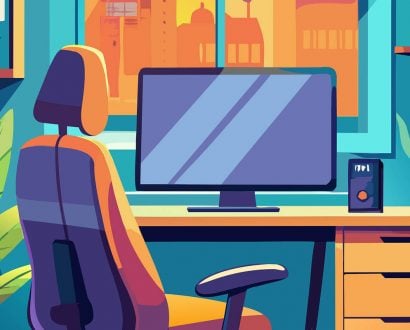There are lots of great ideas and intents being shared around about what a post-COVID world might look like, but I call a little ‘BS’ on a lot of it. Not because I am a cynic or a naysayer – far from it – but because I think we underestimate how much Henry Ford’s nine-to-five working week is ingrained in us.
And herein lies the challenge.
Working from home has been great insofar as it has forced us to rethink, test new ways and be clear on what we do, and be more mindful of what we don’t do.
But that’s just it; it’s a test.
While the opportunity to nest more, exercise better and work on our silo plans has been great, we are a business of humans – and humans need to connect.
As Helen Keller said, “Alone we can do so little, together we can do so much”.
My team at UM Australia has been amazing. Now into Week 10, we have tested new ideas and worked under a conscious strategy of three pillars to success:
- A better cadence – one of high frequency and low touch
- A better connection – one that checks in as humans versus just ‘getting the work done’
- A better culture – with daily activities to keep us on track and in tune. Keeping the ‘happy vibes’ in check, as our head of Culture Club tells me, is crucial – and I agree
We can and have worked well apart. We are a busy, creative media business and, importantly, we have brought our clients along. We have been focused on only the things that we can do, and we have found a new love for Microsoft Teams.
We’ve had dress-ups and virtual drinks, playlists and client interstate brainstorms – and it has all worked well.
But it has been harder.
What would be a five-minute chat on the office floor with a few people to progress this idea or that client outcome has become three 15-minute calls and then a Teams meeting to regroup and ensure we are all clear.
What was a gentle nudge and check-in on certain issues has become a more intense hour of face-to-face on-camera debate. What was a natural moment of silence from someone in the room becomes a deafening absence of contribution in an online group meeting.
Because without each other to connect, to ‘qualify’ our pauses, we lose a little of who we are as a person. Who is there to recognise that pause, to see the look that passes across your face? Who is there to fill the gaps and connect the dots of our human presence?
We are a business built on exceptional humans, and humans are complex; they don’t or can’t always articulate what they mean. That’s why we are all here as human conductors to fill in the gaps for each other, to hold the space and to lighten the mood with a small smile when it just seems too hard.
“Alone we can do so little, together we can do so much.” – Helen Keller
In a remote environment built on being more ‘on’ than we ever have (video calls), or being less prone to nuance than ever before (phone conferences), we lose the human touch that at times can’t be explained. After all, 70% of all communication is non-verbal.
So yes, it’s been good, and yes there are lots of new ways of working that I intend for us to bring back to the office – squad rotation teams and true WLB/WFT flex being only two, but it has been hard.
I love the laughs on film, and the sharing of homes and babies and dogs and cats and all sorts. But can I have our team back now, please?
Can we commune and discuss and laugh together now, please? And can we do it in a way that doesn’t feel forced, nor fearful; just in that beautiful human way – the way you just know the right thing to do or say.
A post-COVID world for me is a great, brave new world of dynamic and varied working, but most importantly, it’s a reminder of the thing that no robot can do and no technology can replace – the delicate nuance of humans.
After all, people always remember how you make them feel, and there is no code for that.
Fiona Johnston won Media Executive of the Year at the 2019 Executive of the Year Awards, and was also a runner-up to the CEO of the Year Award.







